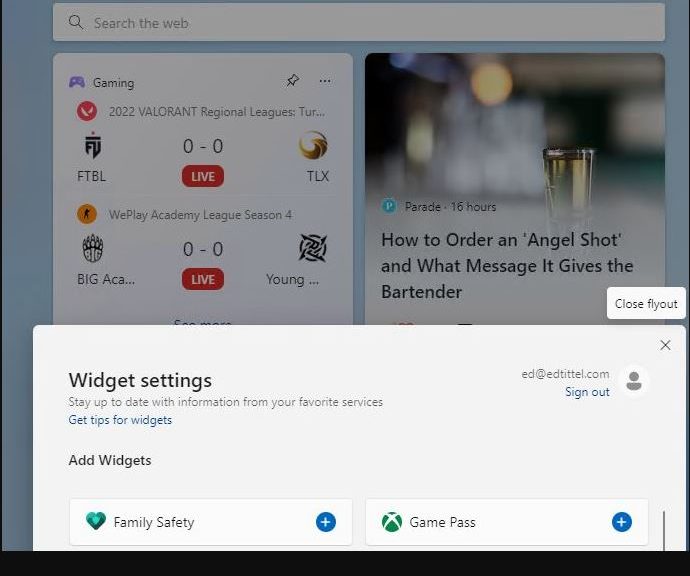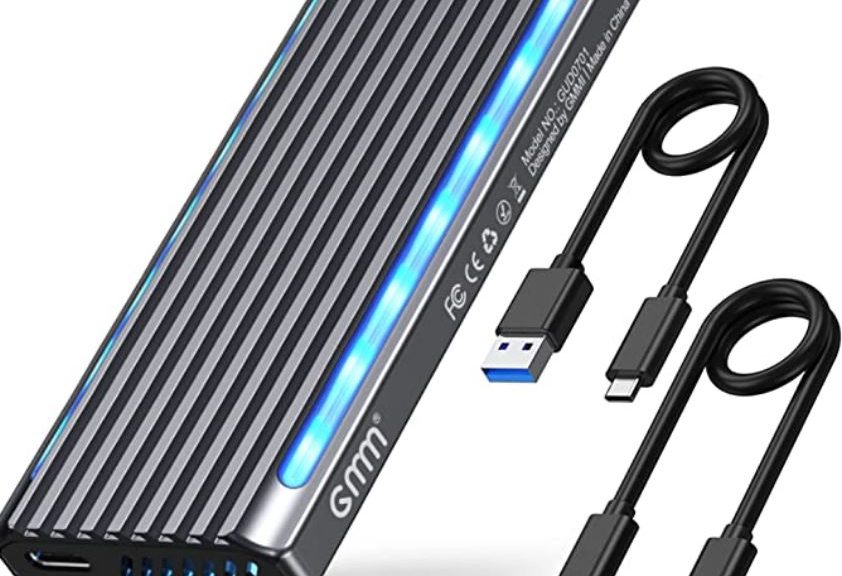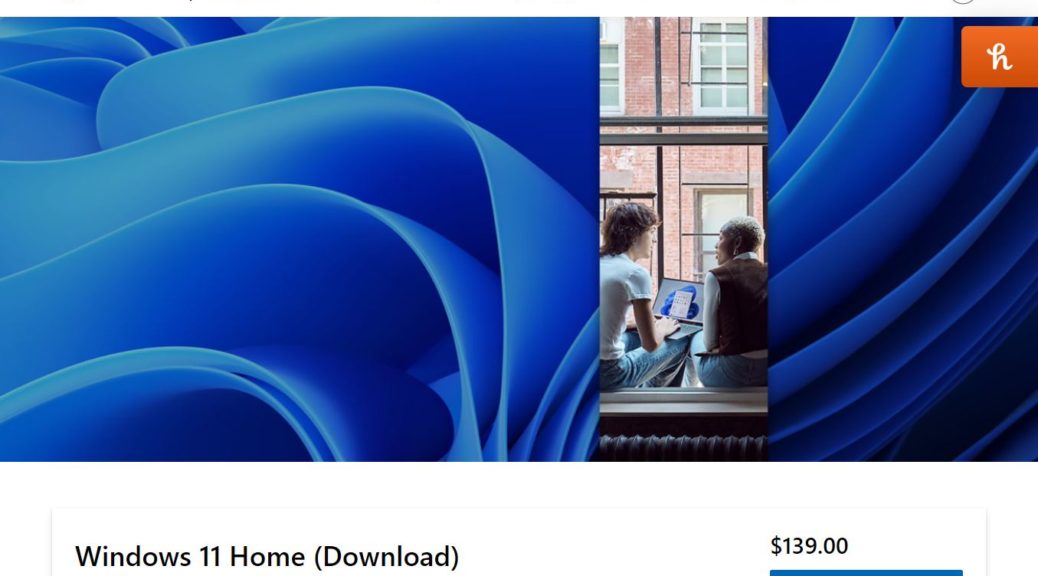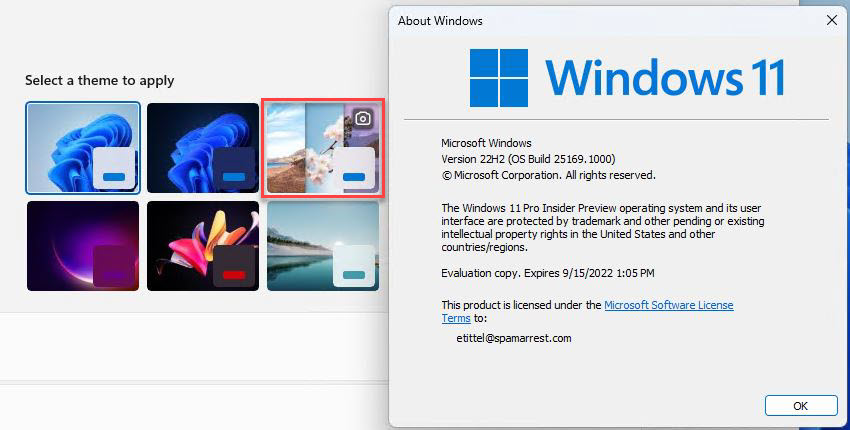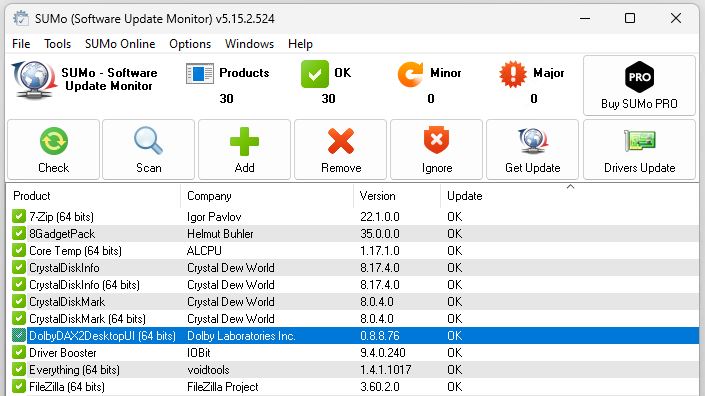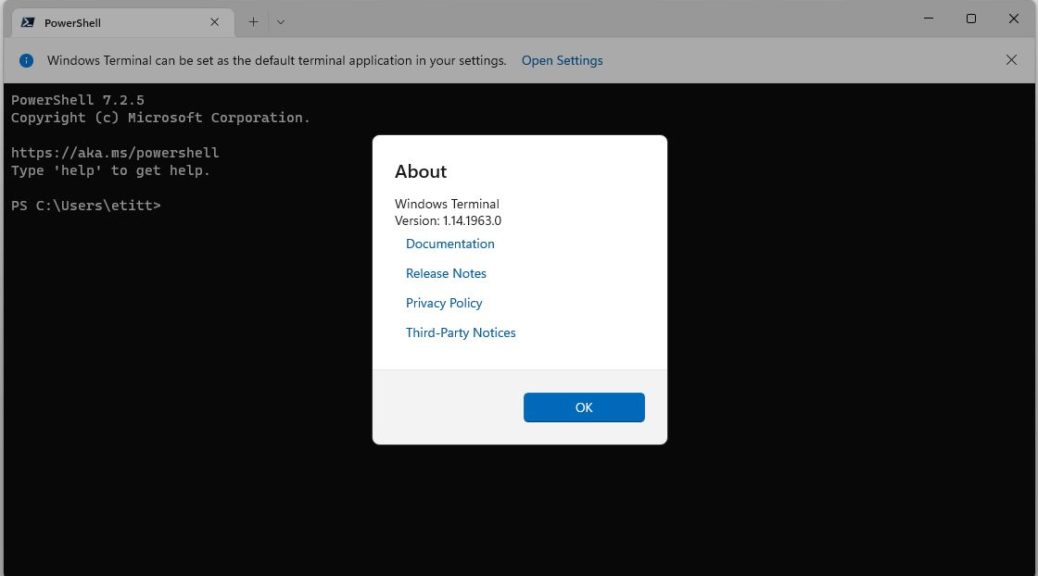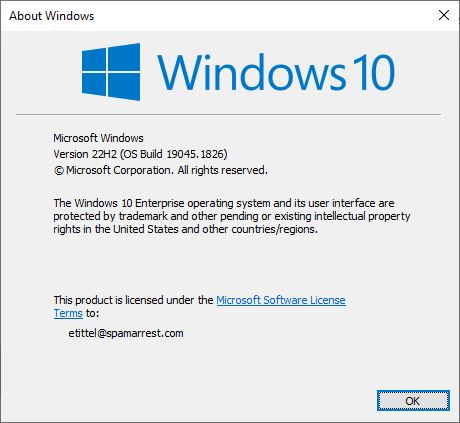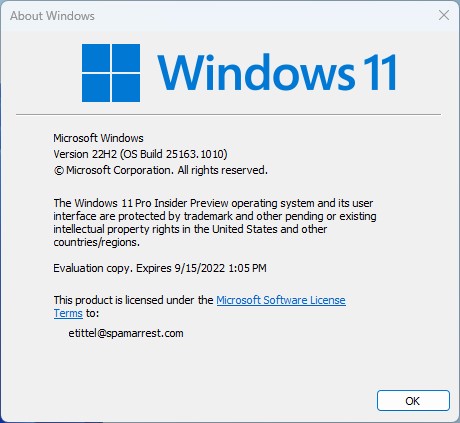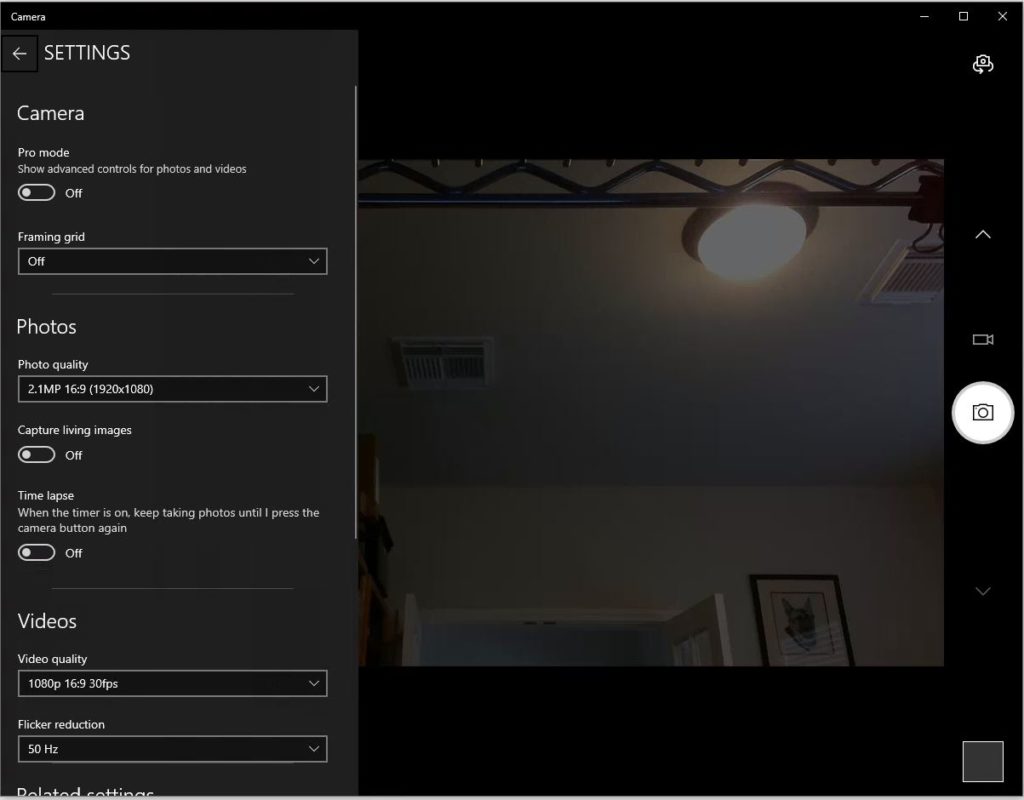I just installed Build 25174 on both of my Dev Channel test machines. Upon reading that MS has included a new “Game Pass” widget with this release I decided to spend some time exploring Windows 11 widgets. I found what was promised, and spent some time. But I came away unready to surrender my beloved 8GadgetPack. Let me explain…
What Exploring Windows 11 Widgets Tells Me…
The lead-in graphic for this story shows the top part of “Add Widgets.” In Windows 11, launch Widgets by clicking the weather bug, or the Winkey+W key combo. The “Add Widgets” item appears under “Widget settings,” where I did indeed find Game Pass as shown in the screencap.
Here’s a list of currently-available widgets in two-column format:
* Family Safety * Weather * Watchlist * Outlook Calendar * To Do * Photos * Tips * Sports * Traffic * Entertainment * Gaming * Game Pass
Without exception, all of these items are news, event, or game oriented. That’s fine, but it doesn’t do for me what gadgets do. Sure, widgets can help you keep up with what’s going on in the world. But the gadgets I use tell me important stuff about my PC: I rely on CPU meter to see what my CPU is doing, Network Meter to see what’s up with the network, and so forth. The Control System gadget lets me restart or shut down any PC, including inside an RDP session (very handy).
Opening Up Widgets?
MS has promised for some time now it will open widgets up to third-party developers. Search on “3rd party windows widgets” to read numerous May 24, 2022, stories on this topic. But so far, none of this stuff has seen the light of day. I’m incredibly curious to see what fruit will spring from this vine. But until I see stuff that does what my gadgets already do, I will continue using 8GadgetPack and its great collection of useful, compact, always-visible desktop items.
Needless to say, I’m bursting with curiosity to see what outside developers will offer Windows 11 by way of widgets. I’m hopeful that it might include monitoring and management stuff like that included in the Gadgets collection. Stay tuned: I’ll let you know what’s included when these things start to appear. Should be interesting…
